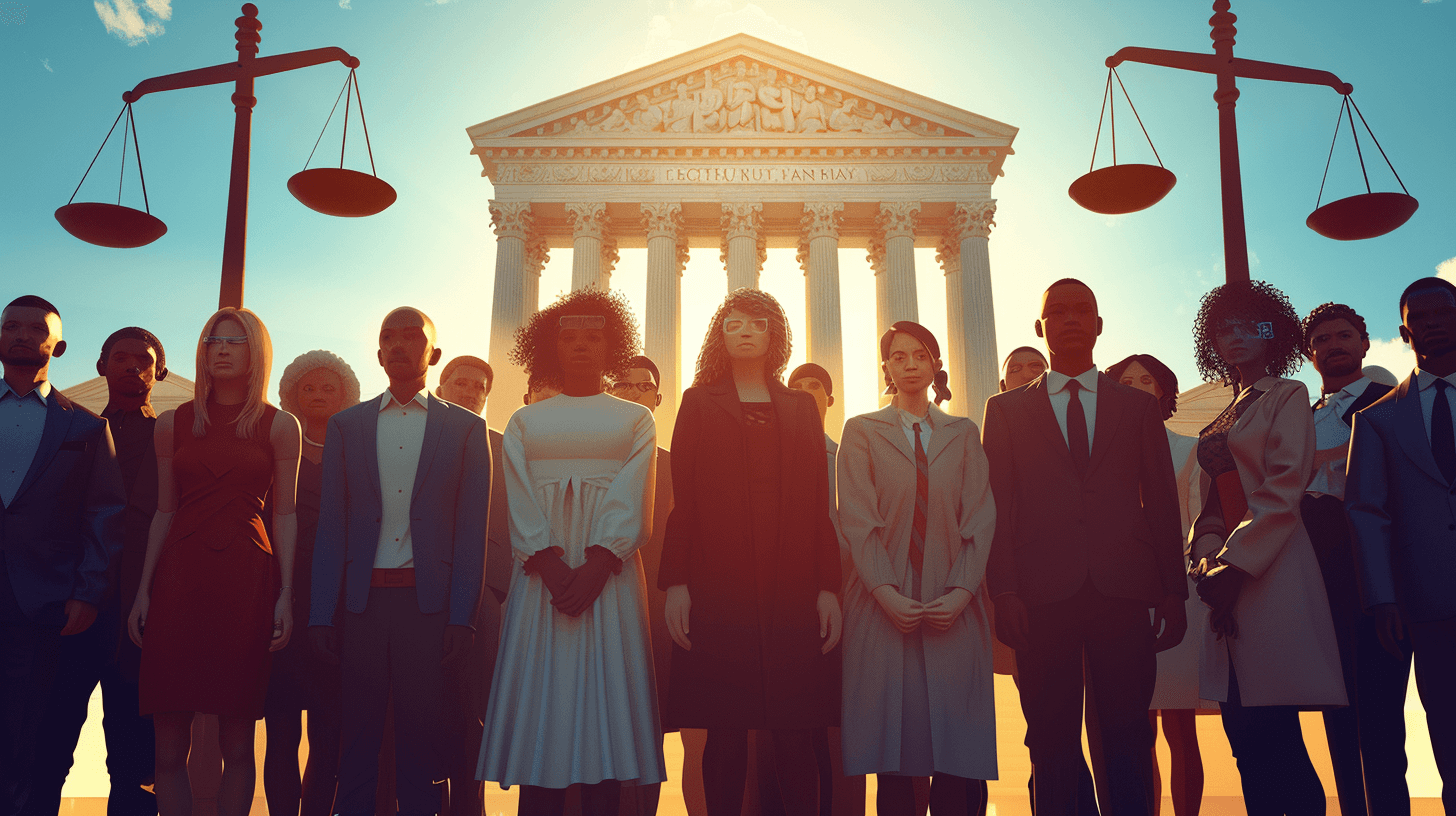September 18, 2025

Class action lawsuits are powerful legal tools that allow groups of people with similar claims to band together and pursue justice collectively. By consolidating individual claims into a single action, class actions increase efficiency, reduce costs, and provide a pathway to relief that might otherwise be impractical for individuals acting alone. However, the legal side of a class action lawsuit is highly complex, involving strict procedural rules, certification requirements, settlement oversight, and unique challenges compared to individual litigation. This article explores the essential aspects of class actions, their benefits, their challenges, and how they connect to the broader justice system.
1. What is a Class Action Lawsuit?
A class action is a legal case in which one or more plaintiffs file a lawsuit on behalf of a larger group of people (the "class") who have similar legal claims. Common areas for class actions include:
The mechanism allows individuals who might lack resources to seek justice collectively. For context, see The Legal Side of a Trial for how trials differ from collective actions.
2. Legal Framework Governing Class Actions
Class actions are governed by federal and state laws, such as:
This framework ensures uniformity, similar to procedural rules discussed in The Legal Side of an Appeal.
3. Class Certification
Certification is the critical first step. Courts must determine whether the case meets requirements such as:
Certification is often the most contested stage of a class action. It is comparable to threshold questions raised in The Legal Side of a Grand Jury.
4. The Role of Class Representatives and Attorneys
Class representatives serve as the face of the lawsuit, while class counsel manage litigation. Attorneys in class actions often work on contingency fees, receiving a portion of any settlement or judgment. Their role mirrors duties highlighted in The Legal Side of a Mediation Case, where representation and fairness are critical.
5. Notice and Opt-Out Rights
Class members must be notified of the lawsuit and their rights:
This balance between inclusion and choice reflects procedural fairness similar to The Legal Side of a Plea Bargain.
6. The Class Action Process
a. Filing the Complaint:
Filed on behalf of the entire class.
b. Certification Hearing:
Court decides whether to certify the class.
c. Discovery:
Evidence gathering from defendants, often massive in scope.
d. Settlement Negotiations:
Most class actions end in settlement, requiring court approval.
e. Trial and Judgment:
If no settlement is reached, the case proceeds to trial.
f. Appeals:
Defendants frequently appeal certification or judgments. See The Legal Side of an Appeal.
7. Settlements in Class Actions
Class settlements are subject to court approval to ensure fairness. Courts evaluate:
This oversight resembles enforcement principles in How to Enforce a Child Support Order.
8. Advantages of Class Actions
These benefits are similar to those seen in collective settlements discussed in Settlement vs. Trial: Which is Right for Your Injury Case?.
9. Disadvantages of Class Actions
These limitations echo concerns from The Legal Side of an Arbitration Case.
10. International Class Actions
Class actions are common in the U.S. but less prevalent abroad. Other countries use mechanisms like group litigation orders or collective redress. Globalization of commerce, however, has increased the demand for cross-border collective remedies.
11. Enforcement of Class Action Judgments
Judgments and settlements are binding on all class members unless they opt out. Courts oversee enforcement to ensure compliance. This aspect ties into the enforceability concerns explored in The Legal Side of a Warrant and The Legal Side of a Sentence.
Conclusion
The legal side of a class action lawsuit highlights the balance between collective efficiency and individual rights. From certification to settlement, class actions require judicial oversight to ensure fairness and justice. They remain a cornerstone of modern litigation, empowering groups of individuals to challenge powerful corporations and institutions. Understanding their complexity is essential for both plaintiffs and defendants.
Further Reading Across the Series:
Stay up to date with the latest tips, expert insights, product reviews, and step-by-step guides to help you grow, create, and succeed—no matter your industry or passion.